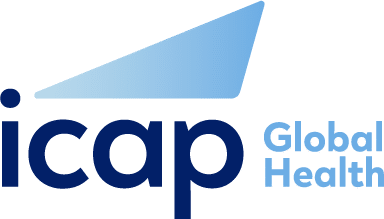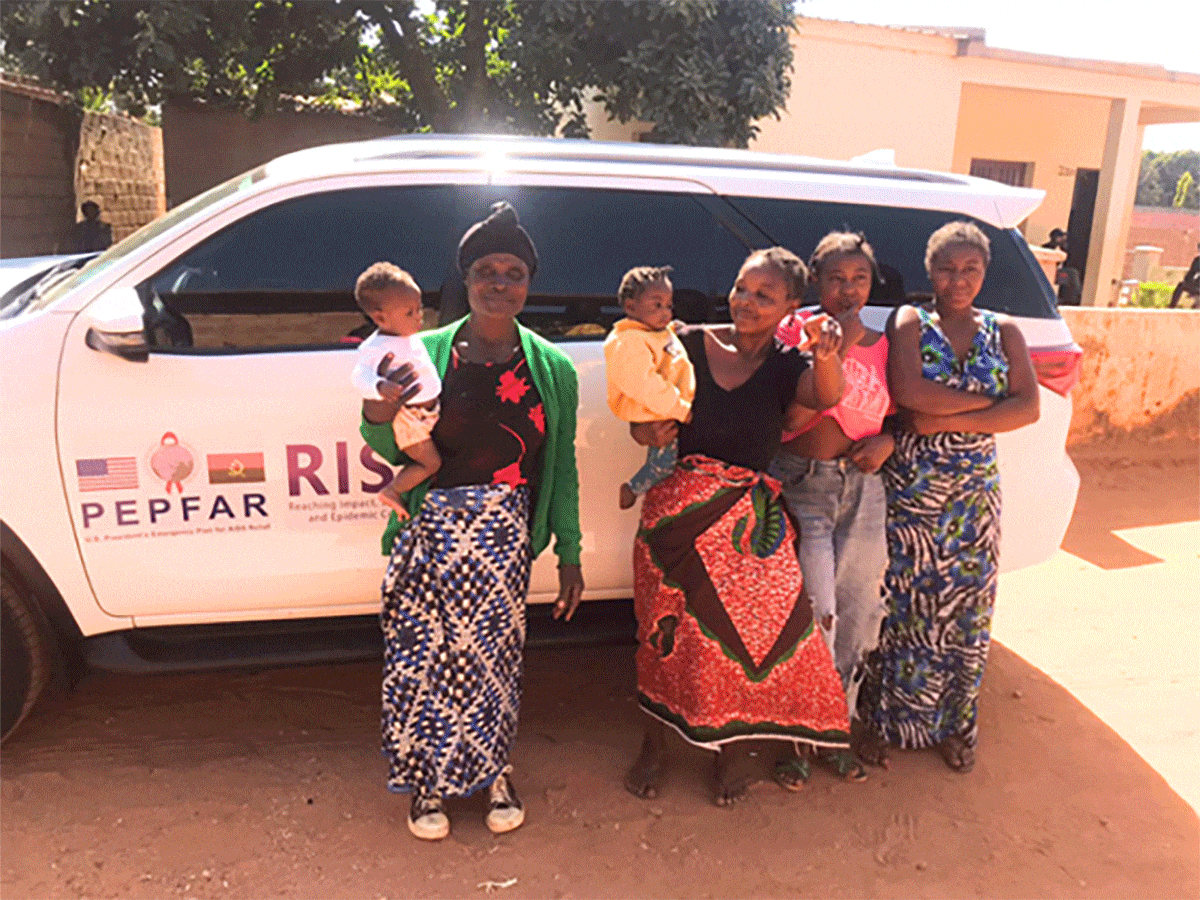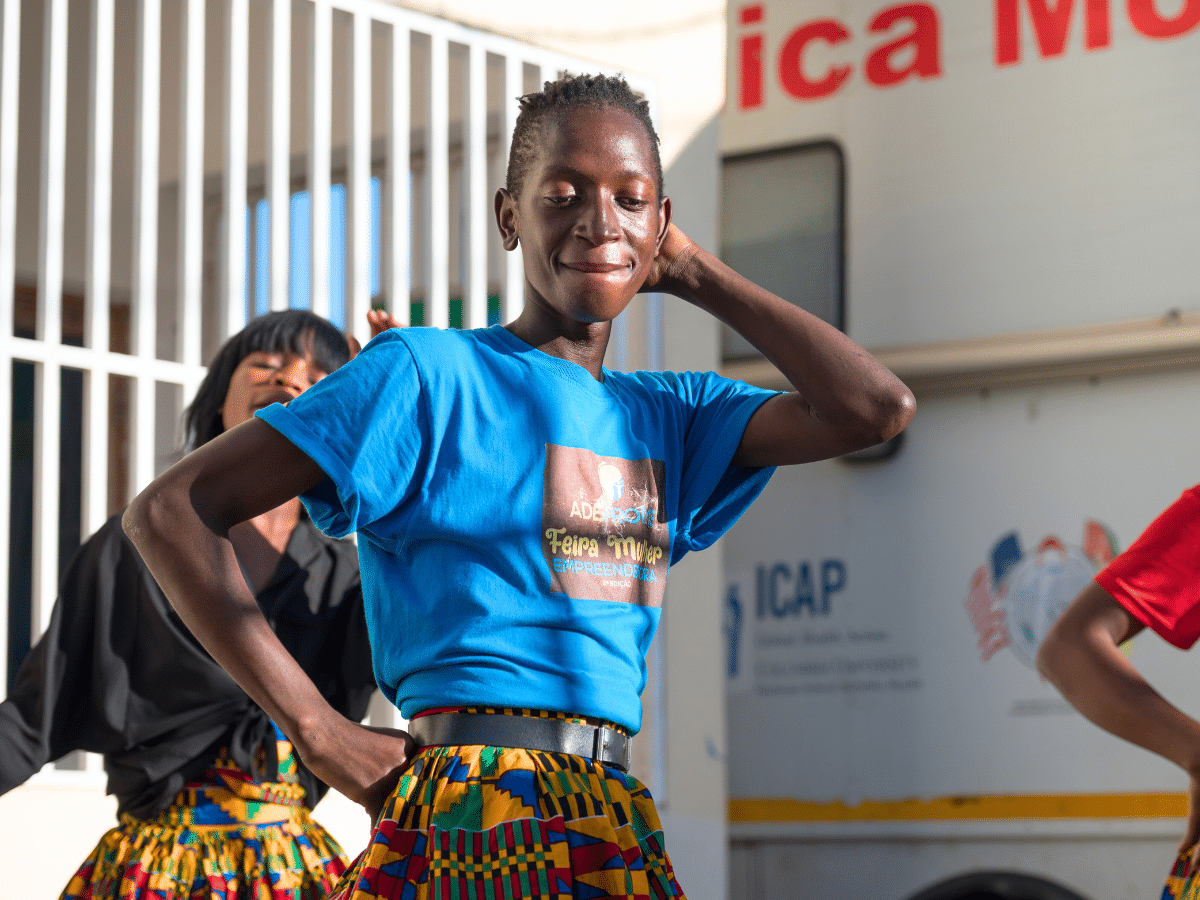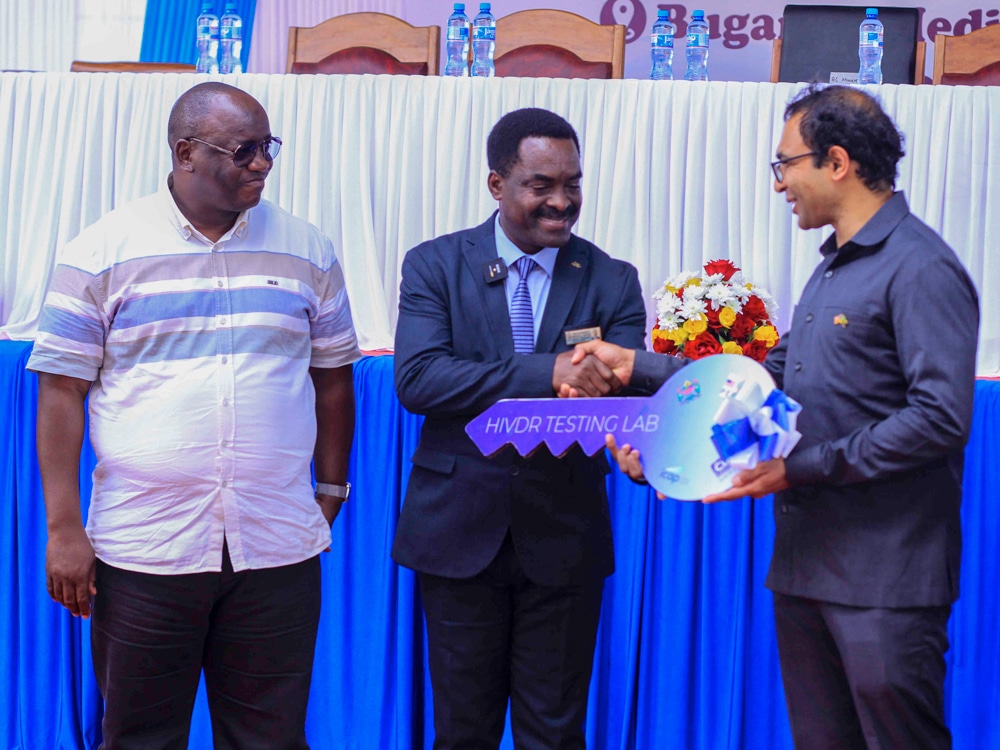*The theme of this year’s World AIDS Day is “closing the gap,”—getting more people tested and on HIV treatment. What are some of the challenges to realizing these goals? How is ICAP helping to close these gaps?*
While great progress has been achieved in both HIV prevention and treatment globally, we have a long way to go. Expansion of testing and treatment for those found to be HIV-infected is a key global priority. Without people knowing their status and taking appropriate action, whether they are HIV-negative or HIV-positive, we will not be able to see the fruit of the efforts.
For ICAP, closing the gap means paying meticulous attention to the HIV care continuum. This includes expanding testing efforts that have high yield, such as provider- initiated HIV testing and counseling, using innovative approaches to link newly-diagnosed individuals to care, such as the use of health system navigators and reminder calls, and keeping patients in care so that they can benefit from antiretroviral therapy (ART) and a full package of care.
*W.H.O. is set to issue new recommendations for providing antiretroviral drugs for people who inject drugs, sex workers, and men who have sex with men. How does ICAP engage these key populations and connect them to care?*
Engaging key populations in HIV prevention and care requires careful attention to their unique needs. Firstly, it is most important to solicit information from these populations themselves regarding their priorities, the challenges they face every day, and the model of care that would work best for them.
ICAP’s work in South Africa and Mali with men who have sex with men (MSM) aims to deepen this understanding in the HIV care system. Our work in Tanzania and Central Asia with persons who inject drugs provides lessons learned to guide national programs.
*Many people view the HIV epidemic in sub-Saharan Africa as fundamentally different from the HIV epidemic in the United States. What are the shared challenges?*
There are epidemiologic differences between the HIV epidemic in the US and in sub-Saharan Africa and substantial difference in availability of resources. However, there are some commonalities. Reaching MSM, particularly young MSM in the US, the population most severely affected by HIV, remains a challenge due to the fact that they are disenfranchised and their behavior remains stigmatized. In sub-Saharan Africa, stemming new HIV infections among young women is a key challenge, particularly in southern Africa, due to the difficulty in reaching these women and shaping HIV care programs that are suited to their needs. In terms of treatment, both regions face challenges in optimizing the HIV care continuum.
In reality, there are many lessons that can be shared between policy makers and practitioners across the two regions.
*You’ve said there are lessons the HIV epidemic can offer in the fight against Ebola. What are they?*
There are critical differences between HIV and Ebola. Nonetheless, there are lessons learned from the HIV response that I am convinced would be useful in confronting the Ebola outbreak in West Africa. For instance, recognizing the importance of task shifting to increase the number of health workers available to confront the emergency and going beyond didactic training of health care workers to provide mentorship and supportive supervision to ensure adherence to infection control and prevention methods. By applying lessons learned from early infant diagnosis for HIV, we can develop innovative systems for access to rapid laboratory diagnosis of Ebola. We also know it is critical to develop simple systems for data collection and use that data to inform our responses in real time.

